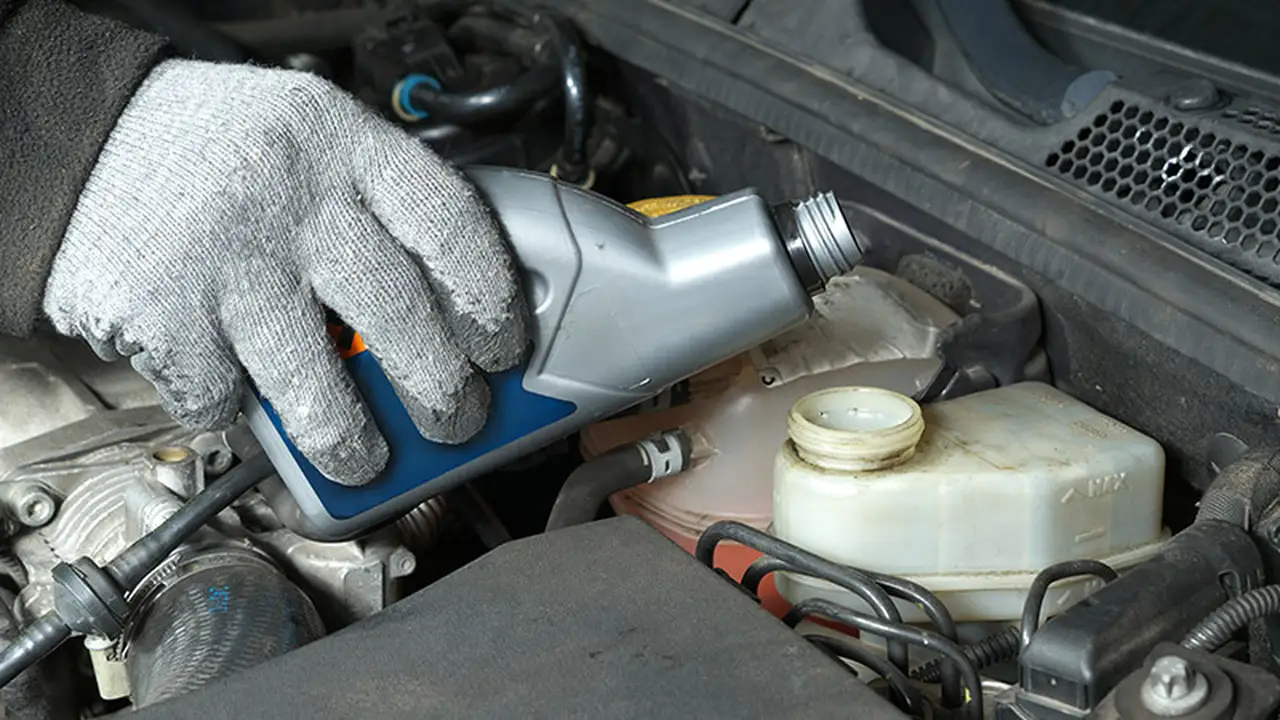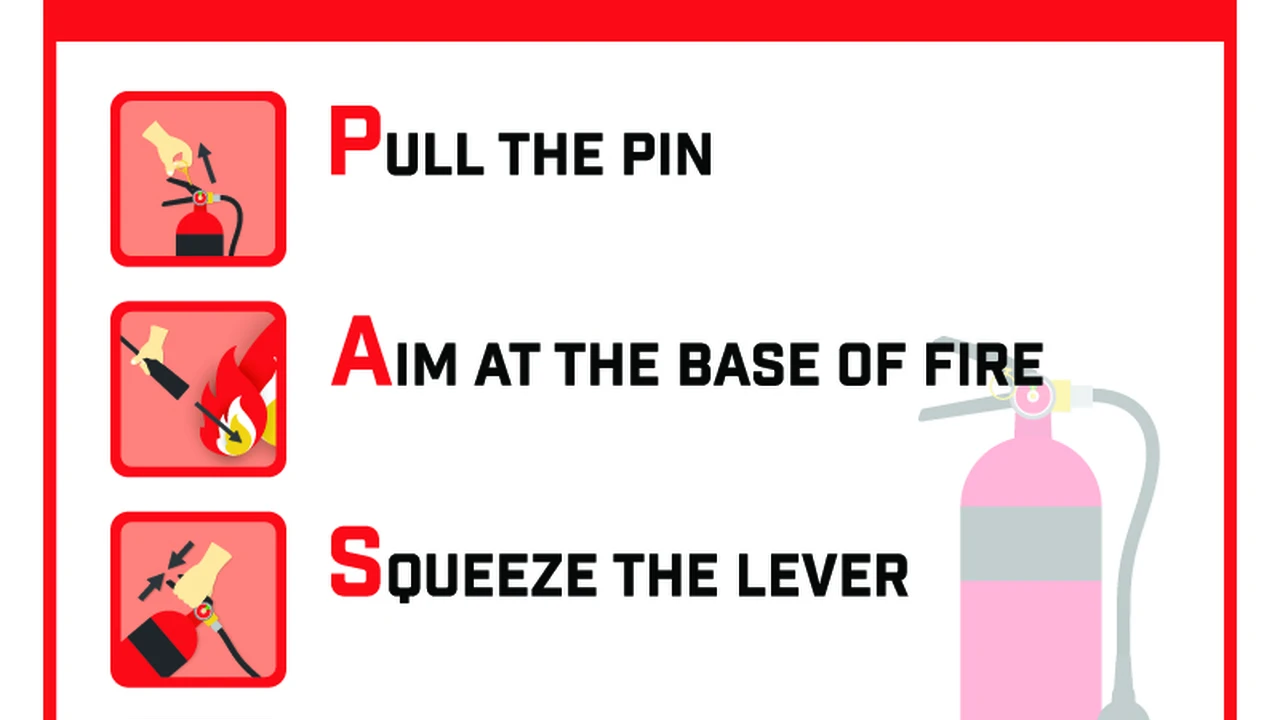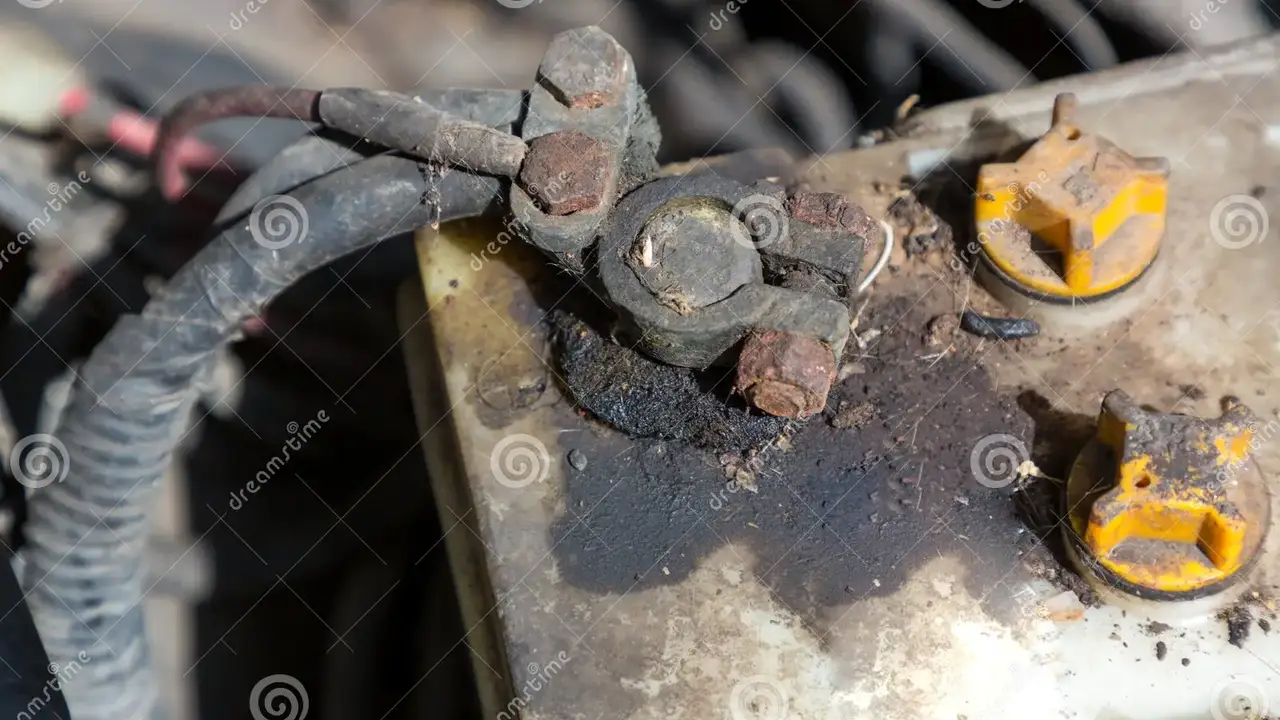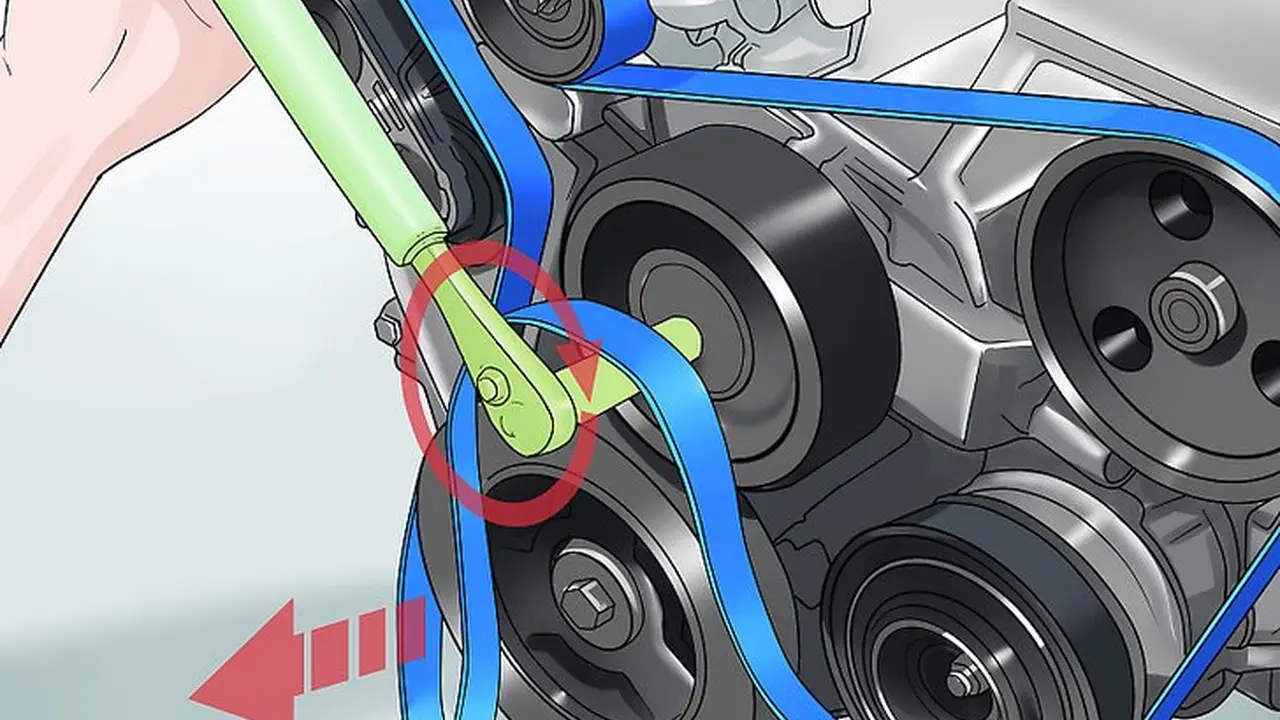How to Identify and Fix a Leaky Tire: Preventing Flat Tires
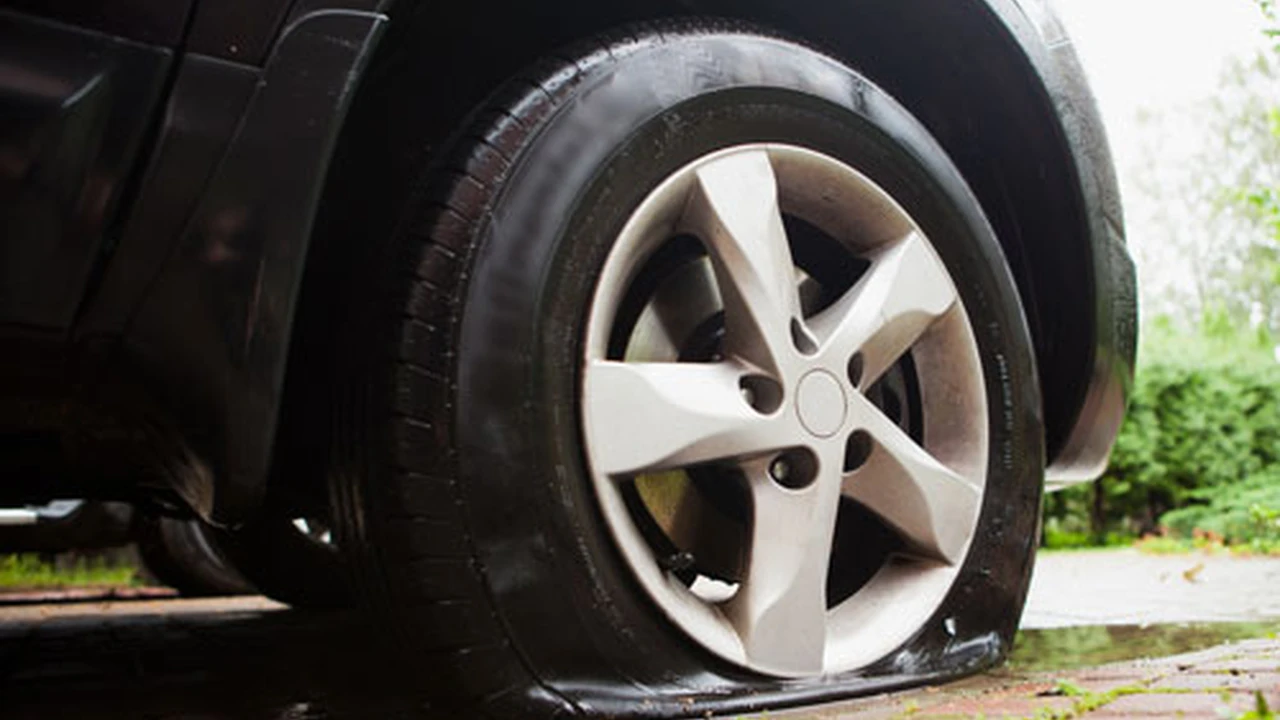
Understanding Tire Leaks What Causes Them
Alright, let's talk leaky tires. Nobody likes waking up to a flat, right? But understanding why tires leak is the first step to preventing those frustrating mornings. Several things can cause a tire to lose air, some more obvious than others.
First up, punctures. These are the big guys. Nails, screws, glass – anything sharp on the road can pierce your tire. Sometimes it's a slow leak you barely notice, other times it's a hiss and a rapid deflation. Pay attention to any changes in your tire pressure. A sudden drop is a big red flag.
Then there's valve stem issues. The valve stem is what you use to inflate your tires, and it can leak over time. The rubber can dry out and crack, or the valve core inside can loosen. A quick squirt of soapy water around the valve stem can reveal a leak – bubbles mean trouble.
Rim leaks are another possibility. The tire needs to seal tightly against the rim, but corrosion, dirt, or damage to the rim can create gaps. This is especially common on older wheels or in areas with harsh winters and road salt.
Finally, temperature changes play a role. As the temperature drops, the air inside your tire contracts, lowering the pressure. This can exacerbate existing leaks or make small leaks more noticeable. That's why your tire pressure light often comes on in the winter.
Identifying a Leaky Tire Simple Checks and Signs
So, how do you know if you have a leaky tire? Don't just rely on the tire pressure light! Here are some simple checks you can do:
- Visual Inspection: Look closely at the tire. Are there any obvious punctures? Any nails or screws sticking out? Check the sidewalls for bulges or cuts.
- The Soap and Water Test: This is the classic method. Mix some dish soap with water in a spray bottle. Inflate your tire to the recommended pressure (check the sticker on your driver's side doorjamb). Spray the soapy water all over the tire, including the valve stem and the area where the tire meets the rim. Watch for bubbles forming. Even tiny bubbles indicate a leak.
- Tire Pressure Monitoring System (TPMS): Your car probably has a TPMS. Pay attention to the readings. If one tire consistently loses pressure faster than the others, that's a strong sign of a leak. Keep in mind that TPMS sensors can fail, so double-check with a manual gauge.
- Listen Carefully: Sometimes you can hear a hissing sound coming from the tire, especially if it's a larger leak. Park in a quiet area and listen closely.
Fixing a Leaky Tire Temporary Solutions and Permanent Repairs
Okay, you've identified a leak. What now? You have a few options, depending on the severity of the leak and your comfort level.
Temporary Solutions Get You Back on the Road
- Tire Inflator with Sealant: Products like Slime Tire Sealant (around $10-$15) are designed to temporarily seal small punctures from the inside. You attach the can to the tire valve, inject the sealant, and then inflate the tire. It's a quick fix, but it's not a permanent solution. Usage Scenario: Great for emergencies on the road when you can't immediately get to a repair shop. Pros: Easy to use, relatively inexpensive. Cons: Can make a mess, may not work on larger punctures, and some mechanics don't like working on tires that have been sealed.
- Tire Plug Kit: These kits (like the Tooluxe Universal Tire Repair Kit, around $20-$30) include tools to insert a rubber plug into the puncture. You'll need to remove the object causing the leak, ream out the hole, and then insert the plug with a special tool. Usage Scenario: Good for larger punctures that sealant can't handle. Pros: More reliable than sealant for bigger holes, relatively inexpensive. Cons: Requires some effort and skill, and it's still a temporary fix.
Permanent Repairs When to See a Professional
While temporary fixes can get you out of a jam, it's crucial to get a permanent repair done by a professional as soon as possible. Here's why:
- Safety: A properly repaired tire is much safer than a tire with a plug or sealant. A professional will inspect the tire for internal damage that you might not be able to see.
- Durability: A permanent patch is designed to last the life of the tire. Temporary fixes are just that – temporary.
- Legality: Some temporary repairs might not be legal in all areas.
A professional tire repair usually involves removing the tire from the rim, inspecting it, and applying a patch from the inside. They will also ensure the tire is properly balanced after the repair. Expect to pay around $20-$40 for a professional tire repair.
Preventing Tire Leaks Proactive Maintenance Tips
Prevention is always better than cure! Here are some things you can do to minimize your chances of getting a leaky tire:
- Regular Tire Pressure Checks: Check your tire pressure at least once a month, and before any long trips. Use a reliable tire pressure gauge.
- Tire Rotation: Rotate your tires every 5,000-7,000 miles. This helps to ensure even wear and tear, and can prolong the life of your tires.
- Avoid Road Hazards: Pay attention to the road and try to avoid potholes, debris, and other hazards.
- Inspect Your Tires Regularly: Look for cuts, bulges, and uneven wear. If you see anything suspicious, take your car to a mechanic for an inspection.
- Use the Right Tires for the Season: Consider using winter tires in areas with snow and ice. They provide better traction and can help to prevent accidents.
Product Recommendations for Tire Maintenance and Leak Prevention
Here are a few specific products that can help you maintain your tires and prevent leaks:
- Tire Pressure Gauge: The Accutire MS-4021B Digital Tire Pressure Gauge (around $10) is a reliable and easy-to-use digital gauge. Usage Scenario: Regular tire pressure checks. Pros: Accurate, easy to read. Cons: Requires batteries.
- Portable Air Compressor: The Viair 85P Portable Air Compressor (around $50) is a compact and powerful air compressor that you can keep in your car. Usage Scenario: Inflating tires on the go. Pros: Convenient, can inflate tires quickly. Cons: Relatively expensive.
- Tire Sealant: As mentioned before, Slime Tire Sealant is a good option for temporary repairs. Usage Scenario: Emergency puncture repair. Pros: Easy to use, inexpensive. Cons: Temporary fix, can make a mess.
Comparing Tire Sealants and Plug Kits Which is Right for You
Let's break down the differences between tire sealants and plug kits to help you decide which one is best for your needs:
| Feature | Tire Sealant | Tire Plug Kit |
|---|---|---|
| Ease of Use | Very easy | Requires some skill |
| Repair Size | Small punctures only | Larger punctures |
| Durability | Temporary | More durable temporary fix |
| Messiness | Can be messy | Less messy |
| Cost | Inexpensive | Slightly more expensive |
Scenario 1: You get a small puncture on the highway and need a quick fix to get to a repair shop. Recommendation: Tire sealant.
Scenario 2: You get a larger puncture in your tire and sealant won't hold. Recommendation: Tire plug kit.
Remember, both of these are temporary solutions. Get your tire professionally repaired as soon as possible.
Understanding Tire Pressure Monitoring Systems (TPMS) and Their Importance
Most modern cars come equipped with a TPMS, which monitors your tire pressure and alerts you if it drops below a certain level. This is a valuable safety feature for several reasons:
- Prevents Accidents: Underinflated tires can lead to accidents due to reduced handling and increased braking distance.
- Improves Fuel Efficiency: Properly inflated tires improve fuel efficiency.
- Extends Tire Life: Underinflated tires wear out faster.
If your TPMS light comes on, check your tire pressure immediately. It could indicate a leak, or simply that your tires need to be inflated. Don't ignore the warning!
The Importance of Regular Tire Inspections and Maintenance
Taking care of your tires is essential for safety, fuel efficiency, and the longevity of your vehicle. Regular inspections and maintenance can help you identify and address potential problems before they become major issues. So, take a few minutes each month to check your tires – it could save you a lot of money and hassle in the long run!
:max_bytes(150000):strip_icc()/277019-baked-pork-chops-with-cream-of-mushroom-soup-DDMFS-beauty-4x3-BG-7505-5762b731cf30447d9cbbbbbf387beafa.jpg)



